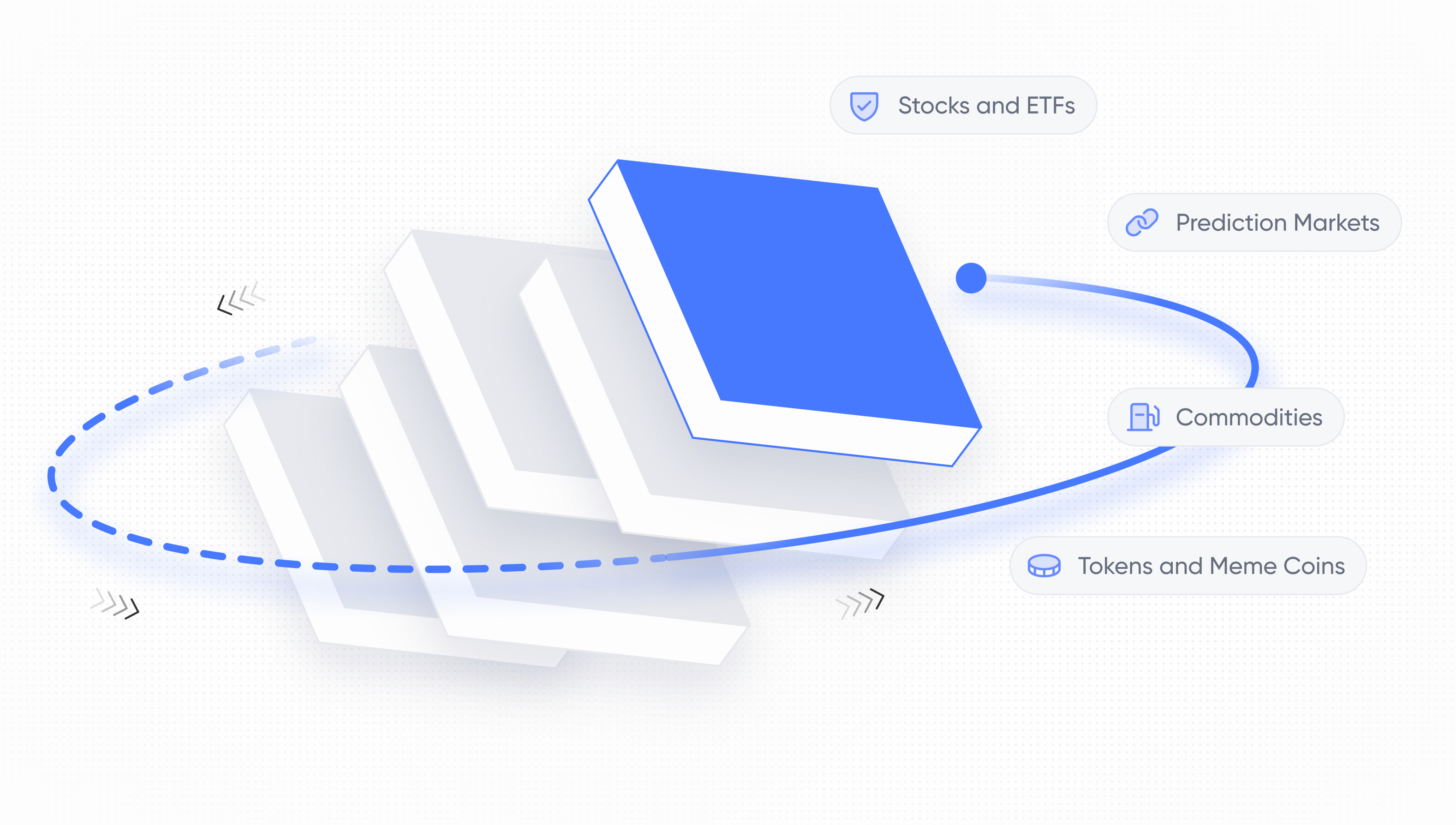How Developers Are Simplifying Web3 Wallet Integration and SDK Key Management in 2025


When we started building Dynamic, we kept running into the same problem. Developers wanted to add Web3 wallet functionality to their apps, but the existing solutions all had serious tradeoffs. You could either give users a complex experience with seed phrases and wallet browser extensions, or you could take custody of their keys and lose the whole point of building decentralized applications in the first place.
The stakes have never been higher for getting this right. Applications are handling real user funds at scale, regulators are scrutinizing key management practices, and mainstream adoption depends on creating experiences that feel as smooth as traditional apps. Builders need infrastructure that delivers both enterprise-grade security and consumer-grade UX without forcing them to choose between the two.
Four years later, we’re seeing teams solve this differently. The best wallet integrations now feel invisible to users while maintaining true self-custody. Users have the ability to log in with email, authenticate with their fingerprint, and transact without ever thinking about private keys. But building this requires getting three things right: key management architecture, regulatory compliance, and developer experience.
In this blog, we will explore these factors and cover scalable and seamless developer integration, and enterprise-grade compliance. But first, let’s start with Wallet-as-aService (WasS) and explore what key management is at its core.
What Is Wallet-as-a-Service? And Why Key Management Is Core
Wallet-as-a-Service represents a fundamental change in how developers integrate blockchain functionality. Instead of building wallet infrastructure from scratch, managing private keys, handling cross-chain complexity, and implementing security protocols, teams can integrate pre-built wallet API infrastructure that handles these complexities behind the scenes.
WaaS is different from traditional API services because we don’t just integrate payments or data, we provide secure infrastructure for users to manage the cryptographic keys that control their digital assets. The security model, key custody approach, and recovery mechanisms become the foundation everything else builds on.
Traditional approaches to embedded wallets often come with hidden trade-offs. Custodial solutions sacrifice the core value proposition of decentralization by holding private keys on behalf of users, introducing single points of failure and regulatory complexities. Basic EOA (Externally Owned Account) wallets maintain non-custodial principles but burden users with complex seed phrase management that creates poor UX and leads to lost funds.
Modern WaaS platforms solve this through three key innovations: advanced cryptographic approaches like Multi-Party Computation (MPC), passkeys for biometric authentication that users already understand, and account abstraction standards like ERC-4337 for smart wallet capabilities. Together, these create wallet experiences that feel like traditional app logins while maintaining true self-custody.
This is where we come in. We’ve built MPC-based key management combined with comprehensive multi-chain support and seamless integration with enterprise-grade compliance, so you can focus on your core products rather than rebuilding wallet functionality from scratch.
How Dynamic Solves Key Custody at Scale
Key management at scale means more than secure storage. It must enable recovery, resist compromise, and support millions of users without a central point of failure.
- Distributed cryptography with TSS-MPC: Our key management model uses Threshold Signature Scheme Multi-Party Computation to distribute cryptographic shares across multiple parties, ensuring a full private key never exists. This means even if one share is compromised, user funds remain secure, and users can recover wallets even if our infrastructure goes offline.
- Flexible architectures with seamless UX: We support both EOA and smart wallet architectures with optional 2FA, passkeys integration, and social login options. Users can authenticate with familiar email/social login flows or biometrics like any consumer app, while cryptographic key shares are distributed securely behind the scenes, with no seed phrases, and with full self-custody.
- User-friendly recovery without compromising security: Our MPC architecture enables recovery through familiar methods like email verification or social account access instead of forcing users to manage 12–24 word seed phrases. This provides the security benefits of self-custody with the UX of traditional applications while handling cryptographic security at the infrastructure level.
- Superior to traditional wallet approaches: Unlike basic EOA wallets that force users to manage seed phrases (23% of which are lost within the first year) or custodial solutions that introduce regulatory risks, our approach delivers authentication flows people already trust while maintaining enterprise-grade security standards.
Compliance and Enterprise-Grade Readiness
If your app handles real user funds or data, compliance isn’t optional. Enterprise teams need infrastructure that meets institutional security standards and supports global compliance requirements out of the box.
We maintain SOC 2 Type II compliance, which means our security controls have been independently audited and verified to meet institutional standards. That means comprehensive security practices around data handling, access controls, system monitoring, and incident response that enterprise customers require.
We keep European user data within EU borders, addressing GDPR requirements critical for global applications. Combined with comprehensive audit logging and data protection controls, you can serve users worldwide while maintaining compliance with local regulations.
We also provide role-based access controls for team management, comprehensive audit trails for compliance reporting, dedicated support with SLAs, and security features like Trusted Execution Environments that provide additional protection for sensitive operations.
This enterprise readiness extends to our operational practices. 99.9% uptime SLAs, 24/7 monitoring, comprehensive disaster recovery procedures, and security practices that meet the standards of Fortune 500 customers. When you’re building applications that handle real user funds, infrastructure reliability becomes existential.
Dynamic: Scalable Wallet Infrastructure Across Apps and Industries
Dynamic solves complex wallet integration challenges by providing enterprise-grade infrastructure that scales seamlessly across diverse use cases. Our infrastructure serves teams across the spectrum of integration complexity, from crypto-native applications to traditional companies adding blockchain functionality, including:
- Consumer apps (social, gaming, fintech): Seamless crypto wallet integration through embedded wallets using email/social login. No keys or signing required.
- Token-gated financial services: Power stablecoin accounts, loyalty programs, and lending with banking-grade security and familiar UX.
- Enterprise & regulated sectors: SOC 2 compliance, audit trails, and enterprise-grade controls for finance, healthcare, and government apps.
- Ecosystem-scale builders: Unified APIs and multi-chain support let teams scale from single-chain MVPs to global apps. No rewrites needed.
Are you ready to accelerate your wallet integration? Check out our case studies to see how teams like Magic Eden, Kraken, and Ondo Finance are building applications with our infrastructure, or dive into our developer documentation to start building today.
Share this article



